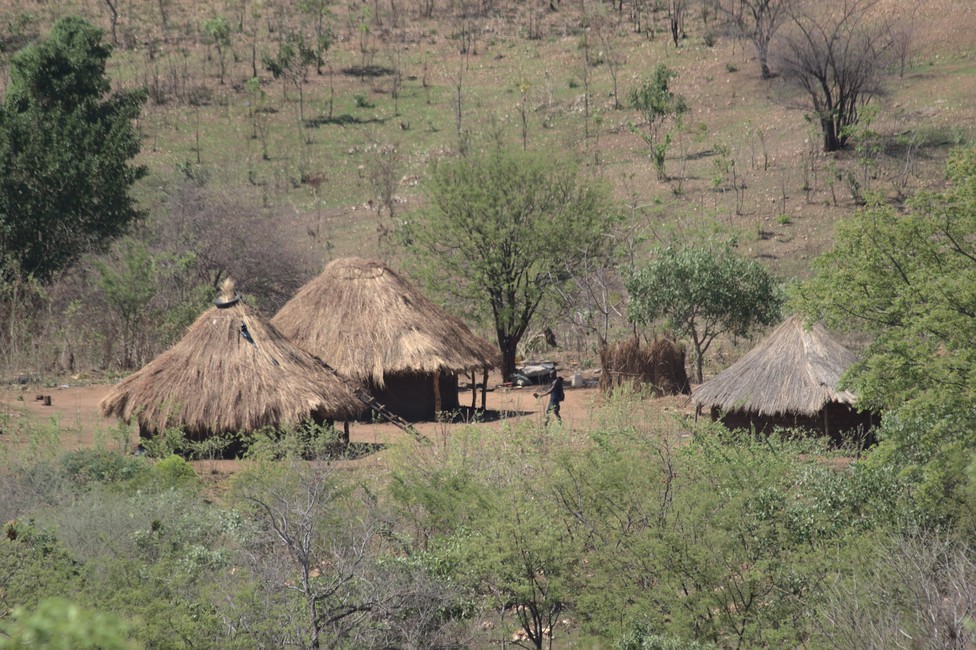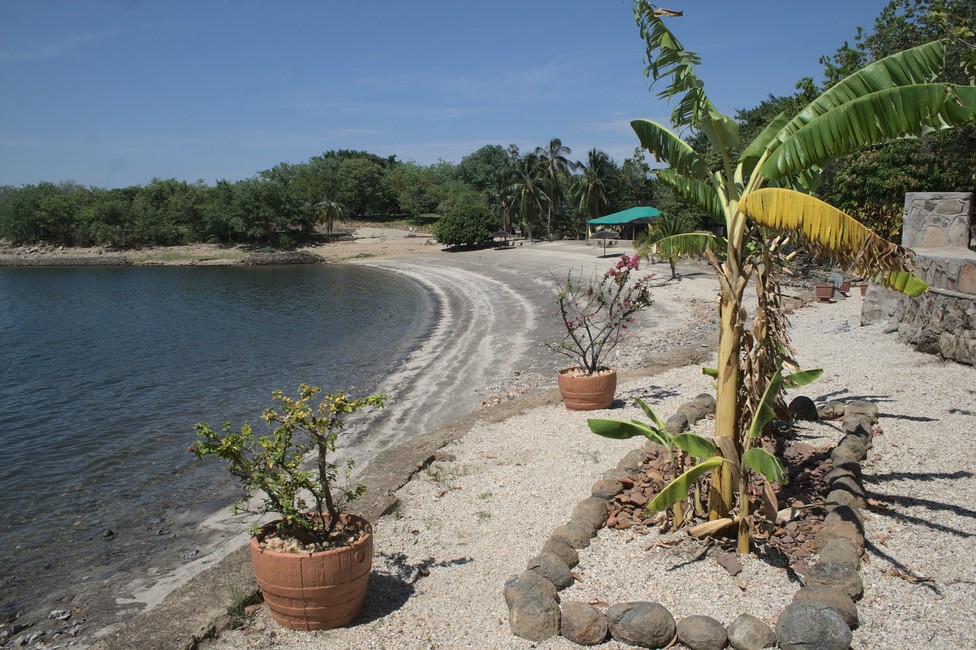The next day we go to Lake Kariba and leave Lower Zambezi National Park. It forms the border with Zimbabwe. The road there to the Lake as everywhere in Africa is chalenging. But the landscape is scenic.

Scenic and slow is life at the lake in this area, some village huts and everything is done walking and chating.


From a hill we have a good view. The idea for a lake dates back to 1912. Only in 1955 the project was implemented by an Italian company. The construction was difficult, because there can be up to 50 degrees Celsius.

In 1958, the Zambezi was eventually dammed. Quickly the water rose but it took five years until the Lake Kariba was filled.
The realization of the project has cost 86 lives. The construction was carried out against the will of the Tonga tribe. Under state pressure 57,000 people were forcibly relocated.
With an surface area of approximately 5,000 square kilometers Lake Kariba is one of the largest lakes in Africa. Its coastline is 2,000 kilometers. The lake is 280 kilometers long and 28 kilometers wide at its widest point. It is 120 meters deep, but an average of 20 meters.

Lake Kariba is a man-made lake located on the border between Zambia and Zimbabwe in southern Africa. The lake was created in the 1950s by damming the Zambezi River, and it is now a popular tourist destination known for its wildlife.
The lake and its surrounding areas are home to a wide variety of wildlife species, including elephants, hippos, crocodiles, zebras, buffaloes, lions, leopards, and many species of birds. The lake itself is home to numerous fish species, including the famous tiger fish, which is a popular game fish.
In addition to the wildlife that can be seen around the lake, there are also several national parks and game reserves in the area that offer visitors the chance to see even more wildlife up close. These include the Matusadona National Park in Zimbabwe and the Lower Zambezi National Park in Zambia.
Overall, Lake Kariba is a great destination for wildlife enthusiasts, offering a unique combination of water-based and land-based wildlife viewing opportunities in a beautiful natural setting.

On its shores developed tourist infrastructure and beautiful hotels.